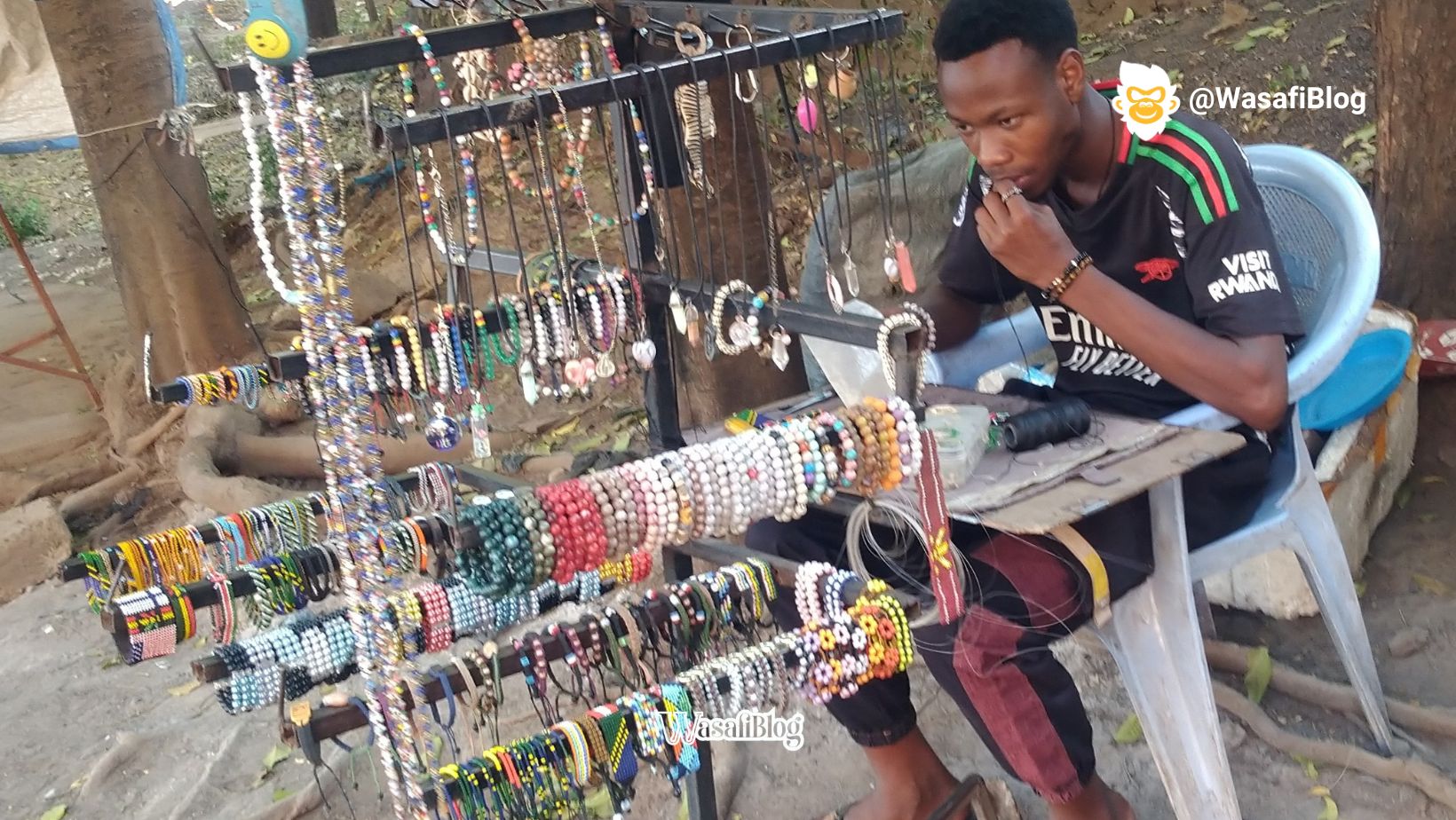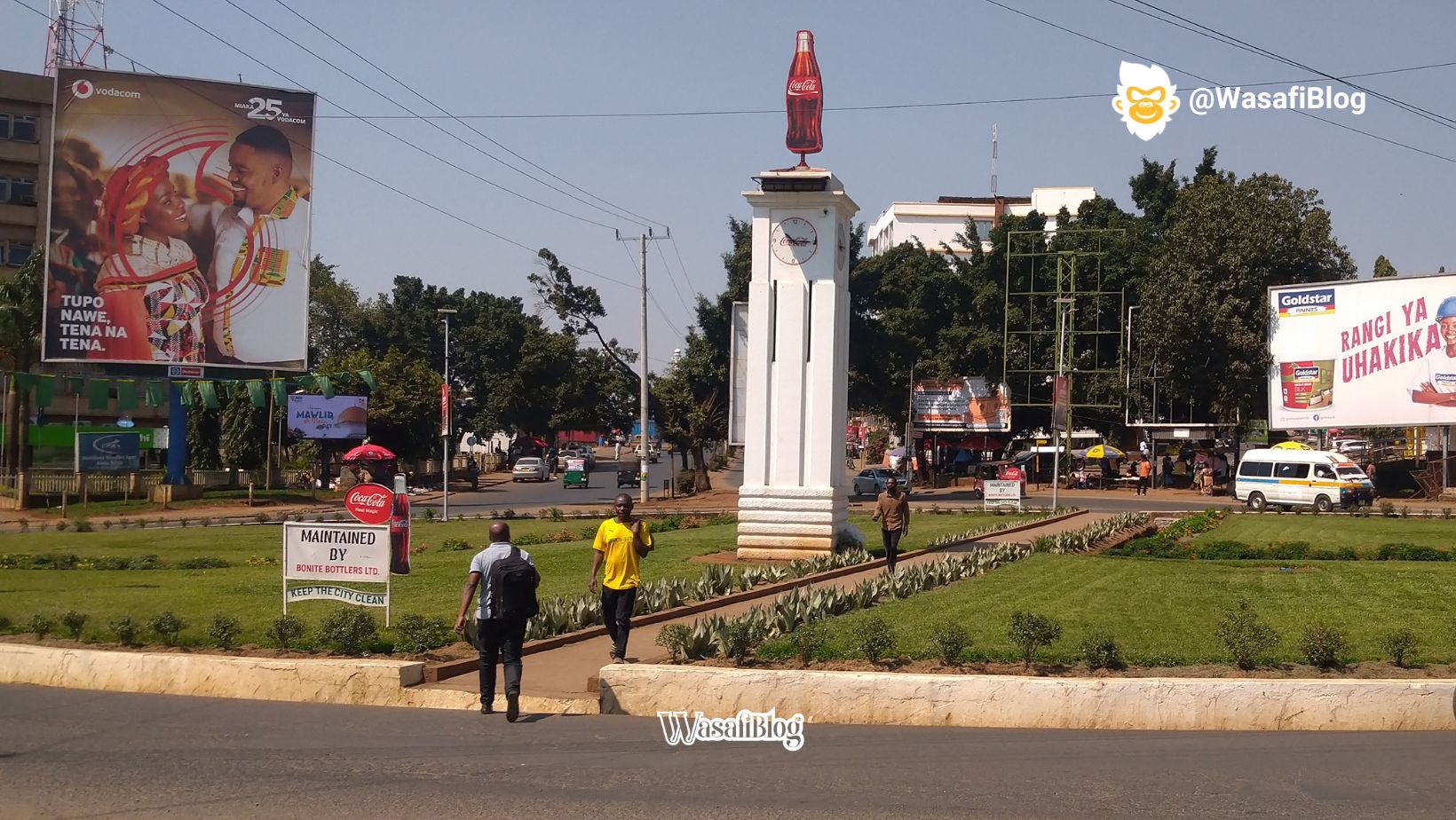So, you want to tap into the vibrant, growing world of Swahili-speaking internet users? Excellent choice! With over 200 million speakers, Kiswahili is a digital powerhouse waiting to be explored. But here’s the thing: writing a Swahili blog post isn’t just about translating your English content. It’s about connection, culture, and crafting content that truly resonates.
Whether you’re a business looking to expand into the East African market, a content creator passionate about the culture, or a blogger wanting to serve a new audience, you’re in the right place. This guide will walk you through everything you need to know about how to write a Swahili blog post that not only engages readers but also ranks high on Google.
Ready? Tuianze safari! (Let’s start the journey!)
Step 1: Understand Your Audience (Kumwelewa Msomaji Wako)
Before you type a single word, you need to ask: who are you writing for? This is the foundation of any successful blog post, but it’s especially critical when writing in Swahili.
Consider these questions:
- Where are they located? Are you targeting readers in Kenya, Tanzania, Uganda, the DRC, or the global diaspora? This will influence slang, dialects, and cultural references. For example, the use of Sheng (a Swahili-based slang) might be perfect for a youth-focused blog in Nairobi but could confuse an audience in Dar es Salaam.
- What is their Swahili proficiency? Are you writing for native speakers who appreciate rich metaphors and proverbs (
methali)? Or are you writing for language learners who need simpler, more direct language? - What problem are you solving? Just like any other blog post, your content needs to have a purpose. Are you teaching them a skill, reviewing a product, or telling a compelling story? Your reader is searching for an answer, and your blog post needs to be that answer.
Thinking about your audience first ensures your content feels authentic and helpful, not like it was churned out by a translation bot.
Step 2: Keyword Research, the Swahili Way
This is where we get into creating an SEO-friendly Swahili blog post. Many people make the mistake of finding English keywords and simply translating them. Don’t do this!
Search intent in Swahili can be completely different. Someone looking for a good smartphone in English might search “best budget smartphone.” A direct translation might be “simu bora ya bajeti,” but a more natural Swahili search query could be “simu gani nzuri bei nafuu” (which phone is good affordable price) or “simu za kisasa bei poa” (modern phones cool price).
How to find the right Swahili keywords:
- Brainstorm Like a Local: Put yourself in your reader’s shoes. How would they ask a question or search for something? Write down common phrases.
- Use SEO Tools Strategically: Tools like Google Keyword Planner, Ahrefs, and SEMrush are still valuable. Simply set your target location to Kenya or Tanzania and input your brainstormed Swahili phrases. The tools will suggest related keywords and show you search volumes.
- Check Google Trends: This is a fantastic free tool. You can compare search terms like “jinsi ya kupika pilau” (how to cook pilau) versus “mapishi ya pilau” (pilau recipe) to see which is more popular in your target region.
- Analyze the Competition: Search for your topic in Swahili on Google.co.ke or Google.co.tz. What titles and headings are the top-ranking blogs using? This gives you a goldmine of proven keywords.
Step 3: Craft a Powerful Title and Structure
Your title (Kichwa cha Habari) is your first impression. It needs to be compelling and include your primary keyword. Swahili readers, like all readers, are drawn to titles that promise a clear benefit.
Good Swahili Title Formulas:
- How-To: “Jinsi ya Kuanzisha Biashara Mtandaoni” (How to Start an Online Business)
- Numbered List: “Njia 5 za Kuongeza Mauzo Yako” (5 Ways to Increase Your Sales)
- Question: “Je, Unatafuta Kazi? Hizi Hapa Fursa” (Are You Looking for a Job? Here are Opportunities)
Once you have a great title, structure your post for easy reading. No one likes a giant wall of text.
- Introduction (Utangulizi): Hook your reader immediately. State the problem and promise a solution.
- Headings and Subheadings (Vichwa Vidogo): Use H2 and H3 tags to break up your content. This is great for both readers and SEO. Make sure to include your keywords in some of your headings.
- Short Paragraphs: Keep paragraphs to 2-4 sentences. This makes the content scannable, especially on mobile devices.
- Bullet Points & Numbered Lists: Use them to present information clearly and concisely.
- Conclusion (Hitimisho): Summarize the key takeaways and end with a Call to Action (CTA).
Step 4: Write with “Ladha ya Kiswahili” (The Flavor of Swahili)
This is the secret ingredient. To write a great blog post in Swahili, you need to do more than just use Swahili words. You need to capture the spirit of the language.
- Embrace a Conversational Tone: Swahili is a warm and often communal language. Address your reader directly (“wewe,” “ndugu msomaji”). Use a friendly and encouraging tone.
- Use Proverbs and Sayings: Sprinkling in a relevant proverb (
methali) shows cultural understanding and adds depth. For example, when talking about patience in business, you could use “Haraka haraka haina baraka” (Hurry, hurry has no blessing). - Incorporate Cultural Context: Use examples that make sense to your audience. If you’re writing a food blog, talk about
ugali,sukuma wiki, ormandazi. If you’re discussing transportation, mentionmatatus,boda bodas, orbajajis. This builds trust and shows you understand their world. - Avoid “Lugha ya Kitabu” (Bookish Language): Write how people actually speak. While you should maintain good grammar, avoid overly formal or academic language unless your topic specifically requires it. Keep your sentences clear and direct.
Step 5: Master On-Page SEO for Swahili
You’ve written amazing content. Now, let’s make sure Google can find it. Optimizing your SEO-friendly Swahili blog post involves a few technical steps.
- Meta Description: Write a compelling 150-160 character summary in Swahili. This is the short text that appears under your title in Google search results. It’s your ad—make it clickable!
- Image Alt-Text: Describe your images in Swahili. Instead of
alt="woman-cooking", writealt="mwanamke anapika jikoni"(a woman is cooking in the kitchen). This helps search engines understand your images and improves accessibility. - URL Slug: Keep your URL short and in Swahili. For a post on cooking pilau, a good URL would be
yourwebsite.com/mapishi-ya-pilau. - Internal Linking: Link to other relevant blog posts on your site. This keeps readers engaged longer and helps Google understand the structure of your website.
Putting It All Together: Your Checklist
Writing an impactful Swahili blog post is a rewarding process that connects you with a massive and engaged audience. It’s a journey of understanding, respect, and strategic communication.
Here’s your final checklist for success:
- Define Your Audience: Know who you’re talking to.
- Conduct Swahili Keyword Research: Find how your audience actually searches.
- Create a Magnetic Title: Make them want to click.
- Structure for Readability: Use headings, lists, and short paragraphs.
- Write with Cultural Flavor: Use relevant examples, proverbs, and a conversational tone.
- Optimize On-Page SEO: Don’t forget your meta description, alt-text, and links.
The Swahili digital space is growing every day. By following these steps, you’re not just learning how to write a blog post; you’re learning how to build a bridge and start a meaningful conversation.
Now it’s your turn. What are your biggest questions or challenges when it comes to writing in Swahili? Share them in the comments below












